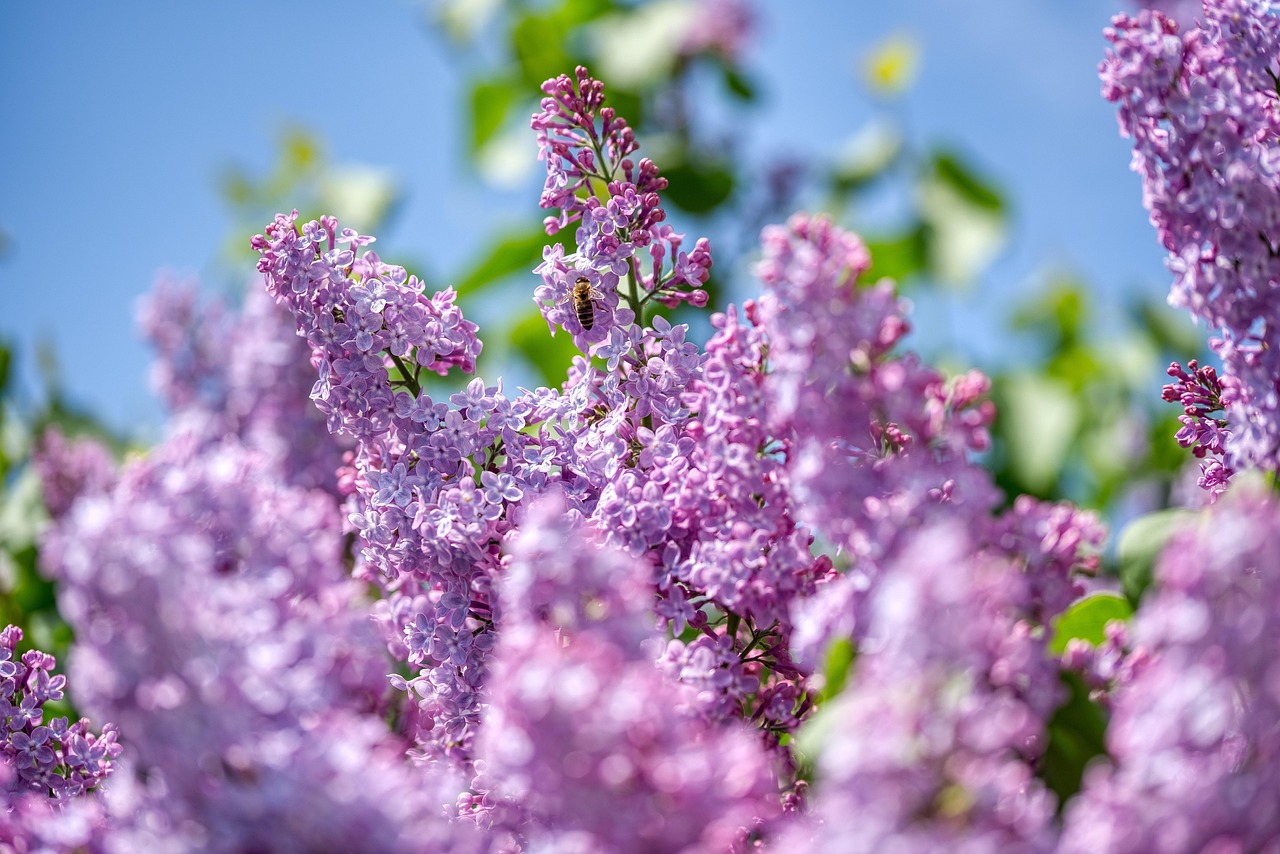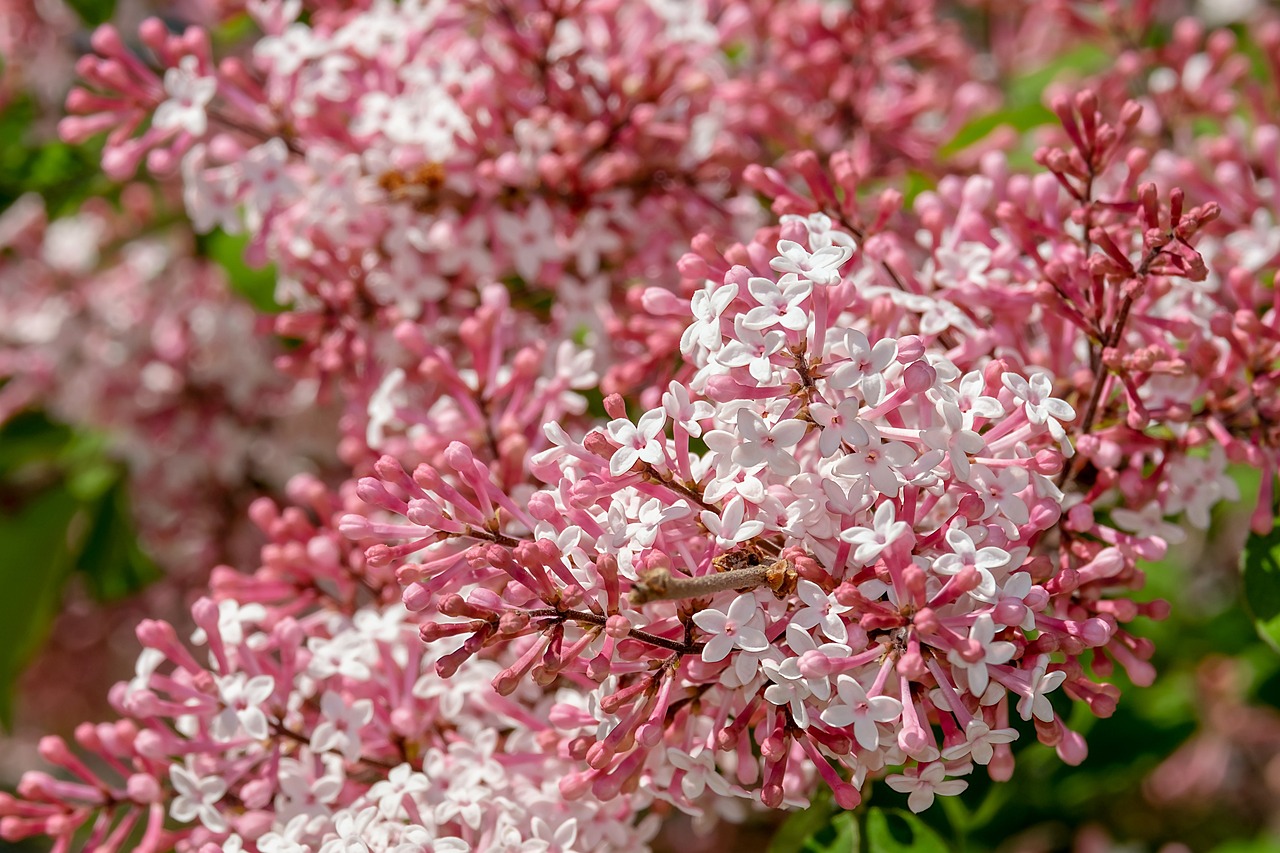The Ivory Silk Lilac tree, also known as Syringa reticulata ‘Ivory Silk’, typically exhibits a moderate growth rate of 1 to 2 feet per year. This makes it a suitable choice for urban planting, where space and aesthetic appeal are important considerations.
Introduction to the Ivory Silk Lilac Tree
The Ivory Silk Lilac tree is a deciduous flowering tree that belongs to the Oleaceae family. It is renowned for its beautiful, fragrant white flowers that bloom in late spring to early summer. This tree is particularly valued in urban landscapes due to its compact size and unique characteristics, making it an excellent choice for gardens, streetscapes, and parks.

This tree can grow anywhere from 15 to 30 feet tall and typically spreads about 10 to 15 feet wide. Its upright, rounded shape provides an appealing visual structure that enhances any urban setting. The Ivory Silk Lilac tree is not only admired for its flowers but also for its glossy green leaves, which turn yellow in the fall, adding seasonal interest.
Growth Rate and Factors Affecting It
The growth rate of the Ivory Silk Lilac tree can vary based on several factors. These include soil quality, climate conditions, water availability, and sunlight exposure. Understanding these factors can help urban gardeners ensure optimal growth for their plants.
Soil Quality
Ivory Silk Lilac trees thrive in well-drained soils that are rich in organic matter. They prefer slightly acidic to neutral pH levels. Poor soil conditions can significantly slow down growth rates. Urban environments often have compacted soil, which can impede root development.

Climate Conditions
This species is hardy in USDA zones 3 through 7. It can withstand harsh winters and hot summers, but extreme weather conditions can affect growth. In areas with excessive heat or cold, the growth may be stunted. Providing adequate care during these seasons can promote better growth.
Water Availability
Regular watering is crucial for the healthy development of the Ivory Silk Lilac tree. Newly planted trees require consistent moisture to establish their root systems. However, overwatering can lead to root rot, which can hinder growth and health. It is essential to find a balance.
Sunlight Exposure
Ivory Silk Lilac trees prefer full sun exposure for at least six hours a day. Insufficient sunlight can result in reduced flowering and slower growth rates. When planting in urban areas, it’s important to consider nearby structures that might cast shadows on the tree.

Benefits of Planting Ivory Silk Lilac Trees in Urban Areas
Planting Ivory Silk Lilac trees in urban environments offers numerous benefits. These trees not only enhance aesthetic appeal but also contribute positively to the ecosystem.
- Aesthetic Appeal: The striking white flowers and lush foliage add beauty to city landscapes.
- Air Quality Improvement: Trees help filter pollutants from the air, improving overall air quality.
- Wildlife Habitat: The flowers attract pollinators such as bees and butterflies.
- Shade Provision: They provide shade, helping to cool urban heat islands.
| Characteristic | Description |
|---|---|
| Height | 15 to 30 feet |
| Spread | 10 to 15 feet |
| Growth Rate | 1 to 2 feet per year |
| Flower Color | White |
| Fall Foliage Color | Yellow |
The Ivory Silk Lilac tree is not just a beautiful addition to urban settings; it plays a vital role in promoting biodiversity and enhancing city environments. By understanding its growth rate and the factors influencing it, urban planners and gardeners can make informed decisions when incorporating this remarkable tree into their landscapes.
Planting and Care for Ivory Silk Lilac Trees
Successfully growing Ivory Silk Lilac trees in urban environments requires careful attention to planting and ongoing care. By following best practices, gardeners can ensure that these beautiful trees thrive and provide numerous benefits to the landscape.

Best Time to Plant
The ideal time for planting Ivory Silk Lilac trees is during the spring or fall. Planting in these seasons allows the tree to establish its root system before facing the stresses of summer heat or winter cold. Here are some tips for successful planting:
- Spring Planting: Aim for late March to early June when the soil warms up.
- Fall Planting: Plan for late September to early November, giving trees time to root before frost.
Choosing the Right Location
When selecting a planting site in an urban environment, consider the following factors:
- Sunlight: Ensure the location receives full sun for at least six hours daily.
- Space: Allow enough room for the tree to grow both upward and outward.
- Soil Quality: Test the soil for drainage and nutrient content. Amending with compost can improve conditions.
Planting Steps
Follow these steps to plant your Ivory Silk Lilac tree correctly:
- Dig a hole twice as wide and the same depth as the root ball.
- Loosen the roots gently if they are tightly bound.
- Place the tree in the center of the hole, ensuring that the top of the root ball is level with the ground.
- Backfill with soil, tamping lightly to remove air pockets.
- Water thoroughly after planting.
Watering Practices
Proper watering is vital for the growth of Ivory Silk Lilac trees, especially in their first few years. A consistent watering schedule helps them establish strong roots. Here are some guidelines:
- Newly Planted Trees: Water deeply once a week during dry spells, ensuring moisture reaches the roots.
- Mature Trees: They are more drought-tolerant but still benefit from supplemental watering during prolonged dry periods.
Fertilization and Soil Amendments
To promote healthy growth, fertilization should be done carefully. Consider these points:
- Soil Testing: Conduct a soil test to determine nutrient levels before applying fertilizer.
- Type of Fertilizer: Use a balanced, slow-release fertilizer in early spring to support growth.
- Avoid Over-fertilization: Too much fertilizer can harm the tree and lead to excessive leaf growth at the expense of flowers.
Pest and Disease Management
Ivory Silk Lilac trees are generally resistant to pests and diseases. However, certain issues can arise. Being proactive can help prevent significant problems:
- Aphids: These small insects can be controlled with insecticidal soap or neem oil.
- Powdery Mildew: Ensure good air circulation around the tree to prevent this fungal disease. Pruning can help.
- Caterpillars: Monitor for signs of caterpillar activity on leaves and remove them by hand if necessary.
Pruning Techniques
Pruning is essential for maintaining the health and shape of Ivory Silk Lilac trees. Here are effective pruning techniques:
- Timing: Prune immediately after flowering to avoid removing next year’s buds.
- Tools: Use clean, sharp tools to make clean cuts, reducing the risk of disease.
- Technique: Remove dead or crossing branches and thin out crowded areas to improve air circulation.
By following these guidelines for planting and care, gardeners can help ensure that Ivory Silk Lilac trees flourish in urban settings. The right practices will support their growth rate while enhancing the beauty and health of city landscapes.
Environmental Considerations for Ivory Silk Lilac Trees
When planting Ivory Silk Lilac trees in urban areas, it is essential to consider various environmental factors that can influence their growth and overall health. These factors include pollution, soil conditions, and climate variations that are common in city landscapes.
Air Quality and Pollution
Urban environments often have higher levels of air pollution, which can affect the growth of trees. Here are some key points regarding air quality:
- Pollutant Absorption: Trees can absorb certain pollutants, helping to improve air quality. The Ivory Silk Lilac tree’s dense foliage can assist in filtering particulates from the air.
- Respiration Rate: High pollution levels can stress trees, leading to reduced growth rates. Monitoring air quality and providing proper care can mitigate these effects.
Soil Composition and Quality
The composition of soil in urban areas can vary significantly. It is often compacted and may lack essential nutrients. Here are a few considerations:
- Soil Testing: Conducting a soil test can provide insights into pH levels and nutrient availability. This information is crucial for making necessary amendments.
- Amending Soil: Incorporating organic matter, such as compost, improves soil structure and fertility, promoting healthier root systems.
- Drainage: Ensure that the planting site has good drainage to prevent waterlogging, which can harm the roots.
Climate Adaptability
The Ivory Silk Lilac tree is adaptable to various climate conditions but still requires consideration of local climate patterns:
- Temperature Extremes: This tree can tolerate cold winters and hot summers. However, extreme temperature fluctuations may affect growth rates.
- Microclimates: Urban areas often create microclimates due to buildings and pavement. Assessing these conditions can help in choosing the best planting location.
Companion Planting with Ivory Silk Lilac Trees
Choosing the right companion plants can enhance the beauty and health of Ivory Silk Lilac trees while providing ecological benefits. Here are several suitable companion plants:
- Perennials: Planting perennials like daylilies or hostas around the base helps create an attractive garden bed and provides additional blooms throughout the growing season.
- Shrubs: Low-growing shrubs such as dwarf boxwoods complement the upright growth of the lilac tree, creating layers in the landscape.
- Ground Covers: Using ground covers like creeping thyme or sedum can help suppress weeds and retain soil moisture.
Benefits of Companion Planting
Companion planting with Ivory Silk Lilac trees offers several advantages:
- Biodiversity: A diverse planting promotes a healthier ecosystem and attracts beneficial insects.
- Soil Health: Different root structures can improve soil aeration and nutrient cycling.
- Aesthetic Appeal: A well-planned garden with companion plants creates visual interest throughout the seasons.
Irrigation Techniques for Urban Environments
Efficient irrigation practices are crucial for maintaining healthy Ivory Silk Lilac trees in urban settings. Here are some recommended techniques:
Drip Irrigation
Drip irrigation delivers water directly to the root zone, minimizing evaporation and runoff. This method is highly effective for urban planting:
- Water Efficiency: Drip systems use less water compared to traditional methods, making them ideal for areas with limited water resources.
- Root Health: Targeted watering promotes deep root growth and reduces surface fungal diseases.
Soaker Hoses
An alternative to drip irrigation, soaker hoses allow water to seep through porous material directly onto the soil surface:
- Simplicity: Soaker hoses are easy to install and can be laid out in garden beds around the tree.
- Circular Coverage: They provide even coverage while preventing water waste.
Pest Control Strategies
Urban environments can attract various pests that may threaten the health of Ivory Silk Lilac trees. Implementing effective pest control strategies can help protect them:
- Regular Monitoring: Inspect trees for signs of pests or damage regularly. Early detection is crucial for effective management.
- Natural Predators: Encourage beneficial insects like ladybugs or lacewings that prey on harmful pests.
- Organic Treatments: Use organic insecticides or homemade remedies for managing infestations while minimizing environmental impact.
By understanding the environmental considerations and best practices for care, gardeners can successfully cultivate Ivory Silk Lilac trees in urban settings, contributing to greener city landscapes.
Long-Term Care and Maintenance of Ivory Silk Lilac Trees
As Ivory Silk Lilac trees mature, ongoing care is essential to ensure their longevity and continued health. Long-term maintenance practices can help urban gardeners maximize the benefits these trees provide.
Seasonal Care Tasks
To maintain the health of Ivory Silk Lilac trees, consider implementing seasonal care tasks:
- Spring: Fertilize with a balanced fertilizer and check for any winter damage. Prune any dead or damaged branches to promote new growth.
- Summer: Monitor watering needs, especially during hot spells. Ensure mulch is present around the base to retain moisture.
- Fall: Rake fallen leaves and debris to prevent fungal diseases. A light pruning can also be beneficial at this time.
- Winter: Protect young trees from extreme cold by wrapping trunks or using protective barriers against harsh winds.
Mulching Benefits
Applying mulch around the base of the Ivory Silk Lilac tree provides several benefits:
- Moisture Retention: Mulch helps retain soil moisture, reducing the need for frequent watering.
- Weed Suppression: A layer of mulch can inhibit weed growth, minimizing competition for nutrients.
- Temperature Regulation: Mulch acts as insulation, keeping soil temperatures stable during extreme weather conditions.
Urban Planning Considerations
When incorporating Ivory Silk Lilac trees into urban planning projects, several considerations can enhance their success:
- Space Allocation: Ensure adequate space for growth, considering both height and spread to avoid conflicts with nearby structures or utilities.
- Community Education: Educating residents about the benefits of planting Ivory Silk Lilac trees can foster community engagement and support for green initiatives.
- Integration with Other Green Spaces: Planting these trees alongside other native plants and trees creates a diverse urban ecosystem that supports wildlife and improves air quality.
Potential Challenges in Urban Settings
While Ivory Silk Lilac trees offer many advantages, there are challenges to consider in urban planting:
- Limited Space: Urban environments often have limited planting space, requiring careful planning to ensure trees have sufficient room to grow.
- Pollution Exposure: Increased pollution levels can stress trees, affecting their overall health and growth. Selecting more resilient varieties may be advantageous.
- Disease Spread: The proximity of trees in urban settings can lead to rapid disease spread. Regular monitoring and proactive care are essential.
Final Thoughts
The Ivory Silk Lilac tree represents an excellent choice for urban planting due to its moderate growth rate, beautiful blossoms, and adaptability to city environments. By understanding its specific needs—from soil and water requirements to pest management—urban gardeners can create thriving landscapes that uplift community aesthetics and contribute positively to the environment.
The combination of proper planting techniques, seasonal care, and ongoing maintenance ensures that these trees will not only survive but thrive in an urban setting. Furthermore, their role in enhancing air quality and providing habitats for wildlife adds significant ecological value.
Incorporating Ivory Silk Lilac trees into urban landscapes is not just about beautifying spaces; it is a step toward creating healthier, more sustainable cities. By fostering a deeper understanding of their care and benefits, communities can work together to plant and maintain these remarkable trees for future generations.
